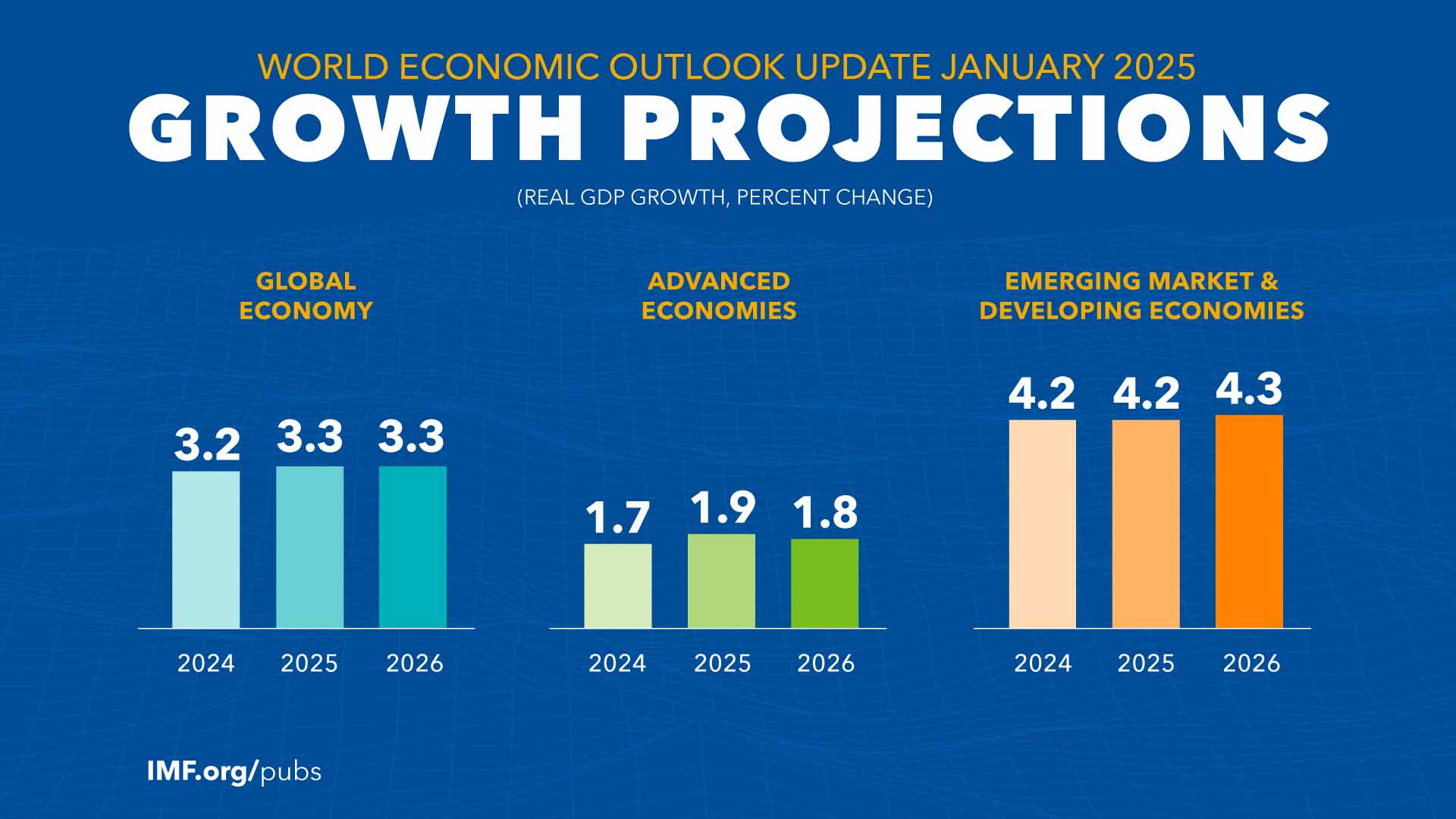Risks Cloud Outlook Despite Favorable Growth Projections

External Shocks Could Derail Recovery
Sint Maarten’s economy is on a growth path, but risks remain tilted to the downside. Global uncertainties—such as trade tensions, investment slowdowns, and inflationary spikes—could reduce tourism demand. For a small, open economy like Sint Maarten, even modest external shocks can have outsized impacts.
Inflation remains a concern. If global supply chains tighten or energy prices rise again, costs will surge. Tourists may choose cheaper destinations. Businesses, particularly in services and hospitality, will face margin pressures. These external risks must be actively monitored and factored into policy decisions.
Domestic Challenges Remain Unresolved
Domestically, the execution of investment projects remains inconsistent. Permit backlogs, staffing constraints, and procurement issues have slowed progress. Major projects—especially in housing and infrastructure—could be delayed or downsized. That would limit job creation and reduce the multiplier effect on growth.

Climate risk also looms large. As a hurricane-prone island, Sint Maarten remains highly vulnerable to extreme weather events. A single major storm could reverse recent gains and drain public resources. Resilience planning and disaster preparedness must remain top priorities.
Upside Potential Still Exists
That said, a faster-than-expected clearance of construction permits could stimulate immediate economic activity. Projects currently delayed could jumpstart private investment. Additionally, refinancing access through the Dutch capital market provides fiscal space—so long as Sint Maarten complies with fiscal rules.
This favorable borrowing condition can fund emergency spending or capital investment if needed. It also acts as a confidence anchor, helping the government maintain investor and donor trust.
https://sxmnews.ai/from-bid-rigging-to-land-stealing-story-of-christopher-emmanuels-crash-out/
Conclusion
Sint Maarten’s recovery is real, but it’s not guaranteed. Authorities must guard against external and climate shocks, unblock domestic bottlenecks, and fully capitalize on upside potential. Proactive risk management will define the island’s path from recovery to resilience.


